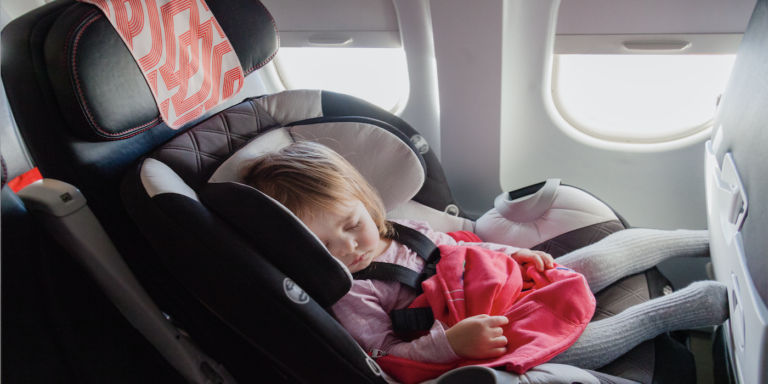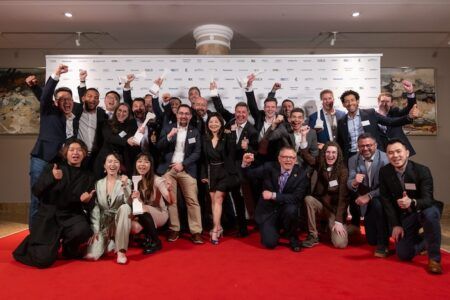A team of scientific researchers from the UK’s University of Sheffield has conducted a study into the bone strength of children, and this work could prove a valuable resource for improving seating safety for toddlers in the cabin. Children’s car seats are often brought on board aircraft to improve the comfort and safety of children below three years of age; however, the safety evaluations for such seats are generally conducted using simulated crash tests, and in these tests the models for child occupants are simply scaled-down versions of the adult models. The problem with this approach is that, anatomically speaking, toddlers are not just small adults: they have a very different bone structure because their bones are not fully formed and are still growing.
However, the research team has based its research on computerised tomography (CT) scans, a process which involves taking several X-ray measurements of parts of the anatomy from different angles in order to produce cross-sectional images of bones. This data is then used to create a computer model, which can be used to investigate the effects on the bones of children of various ages when different amounts of force are applied in various directions. As the technique is non-invasive, the team is free to bend and twist the virtual bones to detect their breaking points.
The latest development in the research saw the Sheffield researchers create 3D models of the femur (thigh bone) in the newborn to three-year-old child age range. This age range is of particular scientific interest, as it is the range that has received the least research in the past, and is also an age range at which children can’t talk or communicate effectively about how any injury occurred, meaning that medical analysis is even more valuable.
Children in this age range also generally experience rapid growth, and the computer models enabled the researchers to determine how bones develop during this three-year period and how bone strength changes. The result, according to the team, is accurate simulation, based on accurate models, which can be used to improve the safety of products such as seats for children in this age range.
Dr Xinshan Li, from the university’s department of mechanical engineering said, “There is currently very little research looking into the bone strength of young children. Our data can be applied to help car seat manufacturers, and any other companies designing children’s products, to design and make safer products and use our modelling of bone strength in testing their products before bringing them to market.
“We will be continuing our research in this area and hope to work in partnership with these industries to demonstrate the impact our work could have in helping to prevent and minimize the impact of potential accidents. This will give parents peace of mind that their child is as safe as possible and that the products they are using have been tested using the very latest and accurate techniques.”





